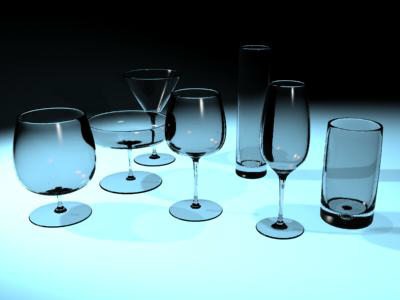Next time you pour your favorite beverage, or your bartender does, take a minute to appreciate the vessel. Not just the shape or the color of it, but the raw material that protects your beverage day after day after day: the glass.
59% of glass containers manufactured domestically are for the beer industry. 6% for wine. And 4% for liquor.
Why glass?
Glass containers are preferred for bottling because they are highly impermeable to gases and vapors, prove stable over time, are transparent, and are readily recycled. Unlike plastic, cans and multi-layered or bag-in-box cartons, glass does not need any plastic layers or other additives to preserve the taste — a fact “not lost on consumers,” reports the Glass Packaging Institute.
Made from nontoxic raw materials — sand, soda ash, limestone, and up to 70% recycled glass or “cullet,” glass is the only packaging material accepted by the U.S. Food & Drug Administration as “generally recognized as safe.” Glass has an almost zero rate of chemical interaction, ensuring that the products inside a glass bottle keep their strength, aroma, and flavor. Glass does not deteriorate, corrode, stain or fade.
In Glass We Trust
• 91% of Americans believe glass best preserves the shelf life of alcoholic beverages.
• Consumers think plastic bottles (82%) and aluminum or metal cans (54%) are more likely to leach or seep chemicals than glass bottles or jars (7%).
• 69% of Americans believe glass containers are safest to use in a microwave.
• 76.1% of consumers know glass is best for preserving the shelf life of products compared to plastic (6.2%) or metal (17.7%).
But we don’t just like glass, we respect glass. A Newton Marketing Research survey of 750 households conducted July 2009 found that of households that recycle, 82% recycle their glass bottles. 69% put them out on the curb for collection, while another 23% haul them to a drop-off collection site.
The Future Of…
In May of 2010, the lightest ever North American wine bottle was launched; it’s just 11.6 ounces — up to 27% lighter than similar wine bottles.
Surely, within the biz, this bottle is known as The Lightweight.



I like http://www.drinkinginamerica.com , bookmarked for future reference
[url=http://www.buzzfeed.com/downloadarea/how-to-download-youtube-videos-to-computer-2lp6]how to download youtube videos to computer for free[/url]
http://www.drinkinginamerica.com is amazing, bookmarked!
[url=http://www.facebook.com/pages/MMA-betting/221344401210163]mma betting[/url]